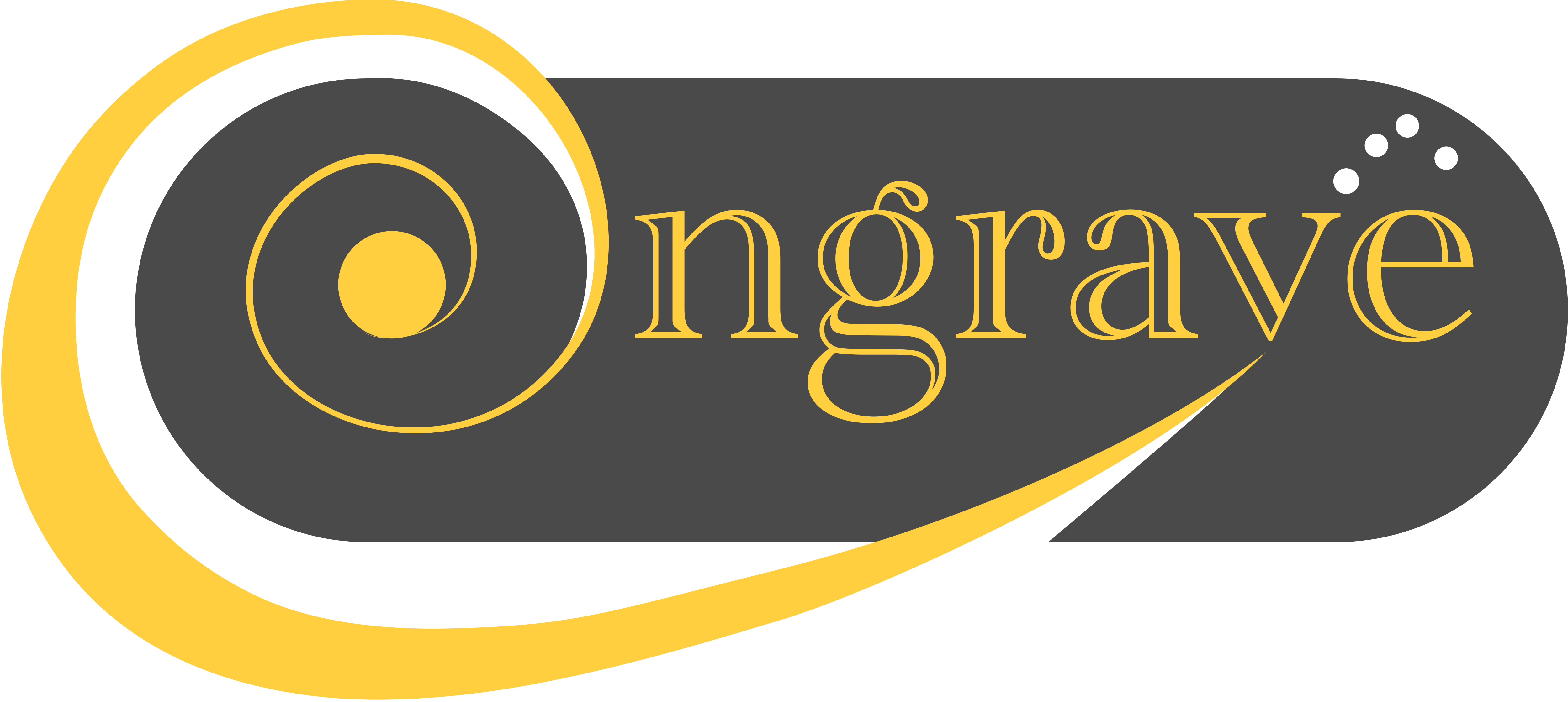ENGRAVE - Electromagnetic counterparts of gravitational wave sources at the Very Large Telescope
ENGRAVE is a international collaboration bringing together astronomers who use the ESO facilities to research gravitational wave events. It collects over 250 researchers, with both theoretical and observational expertise.
On 17th August 2017, a gravitational wave signal lasting for more than 50 seconds was discovered by the Ligo-Virgo Science Collaboration and just 1.7 seconds later a short burst of gamma rays was detected by the Fermi and INTEGRAL satellites. A new optical and infrared source was identified in the galaxy NGC 4993 that was unlike any other transient ever reported. This was AT2017gfo, a kilonova from the merger of two neutron stars, powered by the radioactive decay of r-processed heavy elements. The European Southern Observatory’s telescopes played a central role in the discovery and we have formed ENGRAVE to exploit ESO’s powerful resources, beginning with the O3 LVC observing runs and now moving into the O4 era.

Chryssa Kouveliotou awarded the Shaw prize
We congratulate ENGRAVE member, professor Chryssa Kouveliotou, who was awarded the 2021 Shaw prize in astronomy, jointly with professor Victoria Kaspi, for “their contributions to our understanding of magnetars”. ...
More ›

ENGRAVE scientists awarded JWST time
In the life of professional astronomers, it is a nail-biting moment when the results from a call for proposals are announced. But March 30, 2021, was a very special day, as the Space Telescope Space Institute announced the allocation for the first year (Cycle 1) of the James Webb Space Telescope (JWST). This is the forthcoming next-generation space telescope, due to be launched later this year, on October 31st (update: JWST was finally launched on December 25th, 2021), and a cornerstone mission in the history of astronomy. ...
More ›
